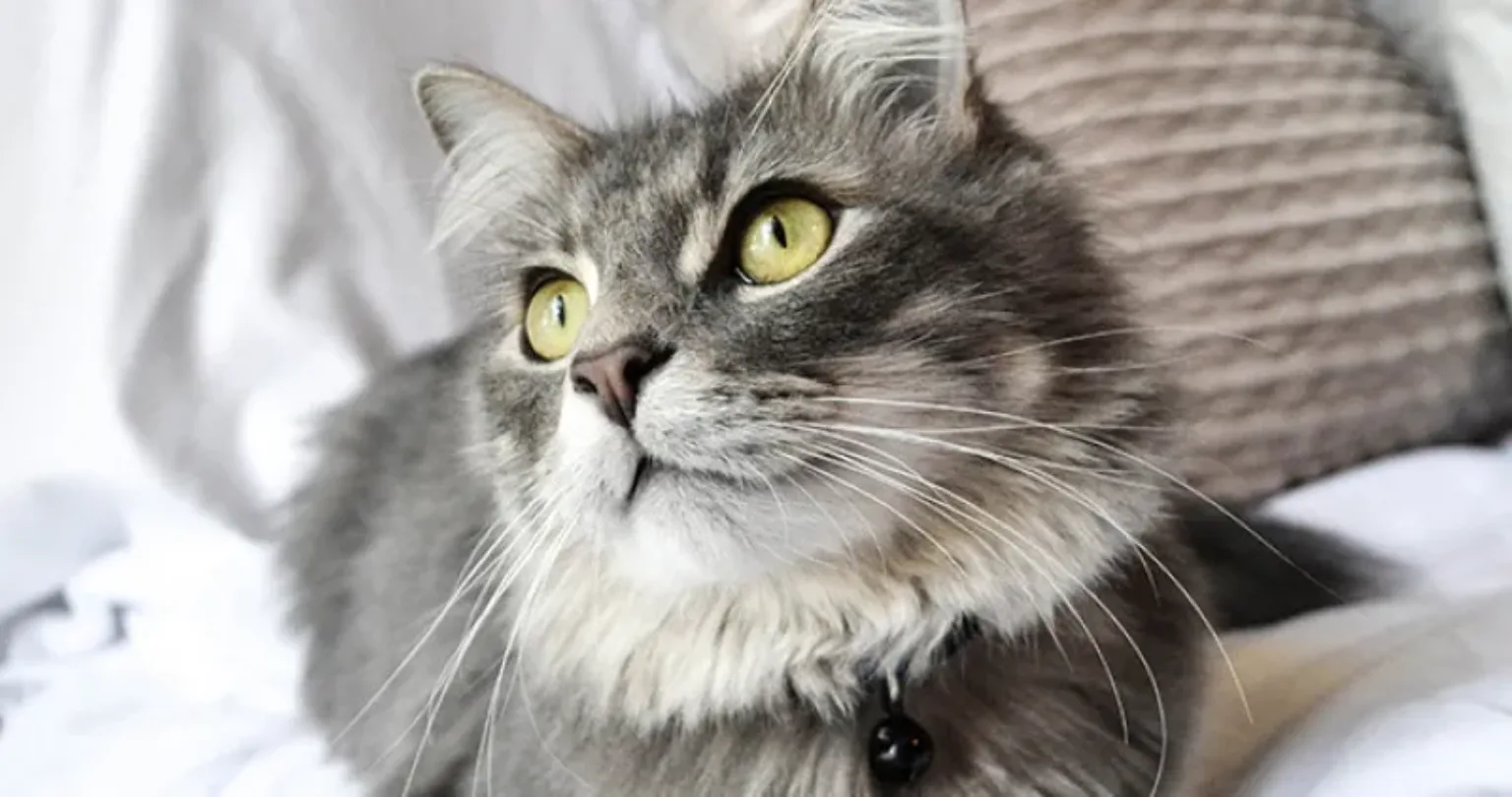If your cat has had an operation involving sedation or general anaesthetic, here’s how to best take care of them afterwards:
Control their diet
- After the operation, feed your cat a bland cat meat for the next three meals
- Tinned supermeat in chicken and fish flavours is higher in protein which helps your cat heal faster. It is easily digestible as their gut motility (the passage of food moving through your cat’s digestive system) slows down during the pre-operation starvation and anaesthetic process
- Avoid tinned jelly and gravy products as these are too rich and may cause diarrhoea.
Fit their protective collar
A Buster collar or Elizabethan collar is a protective veterinary device shaped like a cone – it is vital to prevent your cat from biting, licking or scratching at their wounds while they’re healing. Although known informally as ‘the cone of shame’, most cats adjust to them very well.
- Always apply the protective collar if there is the possibility of your cat interfering with their wound or causing self-trauma
- The collar should be short enough to let your cat eat and drink. If your cat won’t eat or drink with the collar in place you can be temporarily remove it for meals
- The protective collar is there for a purpose. Just a few minutes of self-trauma to a freshly healing wound can cause your cat several more days of recovery time after an operation. If your cat has tried to relieve irritation once by licking or chewing, they are likely to do so again if you take the collar off.
How to look after incision wounds
- Look for excessive swelling or discharge from the wound
- Keep the wound clean
- Reaction to the suture material can cause a small amount of swelling and give your cat’s wound the appearance of being puckered. This should go away in a day or so
- Being able to lick or chew at the wound will aggravate the healing and cause further swelling, inflammation and the possibility of infection.
Caring for stitches or sutures
- Watch out for your cat licking or chewing at external stitches
- Most of the sutures placed are underneath the skin layer and the material used is dissolvable
- Non-dissolvable external suture material will be removed by your vet about 10 days after the operation
- Having stitches in can sometimes be irritating for cats and their natural reaction is to try to scratch or chew them out. Make sure they wear their protective collar
